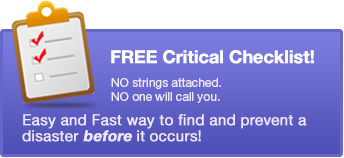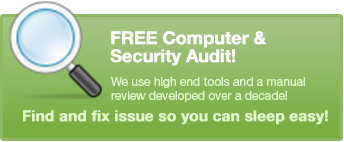How do I manage and prioritize software patches and updates?
Key Takeaways:
- Importance of regular software updates and patches.
- Strategies to prioritize and schedule updates effectively.
- Risks associated with delaying or ignoring updates.
- Incorporation of tools and practices for streamlined patch management.
Software patches and updates are crucial components of a robust cybersecurity framework. They not only help in enhancing the features of software applications but also play a vital role in fixing vulnerabilities and potential security loopholes. However, with the myriad of software tools and applications running in a typical business environment, managing these updates becomes a challenging task.
The Significance of Software Patches and Updates
Software updates usually bring about newer features, enhancements, and improvements to the overall performance of the application. On the other hand, patches specifically target bugs, vulnerabilities, and other issues in the software. Ignoring or delaying these updates can expose a system or network to potential cyberattacks.
Recent studies have shown that a significant portion of data breaches is the result of unpatched software vulnerabilities. With the surge in cyber threats, it has become imperative for businesses to ensure that all their software applications are up-to-date.
Strategies to Prioritize and Schedule Updates
- Categorize Based on Criticality: Not all updates are created equal. Some might be crucial security patches, while others might be non-essential feature additions. Prioritize updates based on their importance.
- Scheduled Maintenance Windows: Choose off-peak hours or times when the system usage is minimal to deploy patches. This minimizes disruptions.
- Use Automated Patch Management Tools: There are several tools available that can automatically detect, download, and install updates. Tools like these can significantly streamline the update process.
- Review and Test: Before deploying an update across the entire organization, test it in a controlled environment. This can help in identifying potential issues or conflicts.
- Stay Informed: Subscribe to news or alerts related to the software you use. Vendors often release notifications about crucial patches or updates.
Tools and Practices for Streamlined Patch Management
- Centralized Patch Management System: This allows IT teams to manage updates for multiple systems from a single dashboard.
- Regular Audits: Conduct periodic reviews to ensure that all systems are updated. Regular IT audits can help in identifying gaps in your patch management strategy.
- Training: Ensure that your IT staff is well trained to handle updates and patches. Investing in training resources can prove beneficial in the long run.
- Rollback Plan: Sometimes, updates can cause unforeseen issues. Having a rollback plan ensures that you can quickly revert to the previous state in case of any conflicts.
Risks Associated with Delaying or Ignoring Updates
- Security Vulnerabilities: Unpatched software is a goldmine for cybercriminals. It provides them an easy entry point to intrude and exploit the system.
- Performance Issues: Over time, unpatched software can become slow and might not work efficiently. This can impact business operations.
- Software Incompatibility: New software or tools might not be compatible with outdated versions, leading to integration issues.
- Loss of Vendor Support: Software vendors usually support the latest versions of their products. Using outdated software might mean that you won't get timely technical support when needed.
Frequently Asked Questions (FAQs)
- Q: How frequently should I check for updates?
A: It's advisable to check for updates at least once a week. However, subscribing to software vendors' notifications can keep you informed in real-time. - Q: Can I ignore non-critical updates?
A: While critical updates should always be a priority, it's still a good practice to install non-critical updates. They might bring about improvements that could benefit the user in the long run. - Q: Are automated tools reliable for patch management?
A: Yes, automated tools can be reliable. However, it's essential to choose trusted tools and keep them updated. Also, having a manual review process in place can add an extra layer of security.
To ensure a resilient cybersecurity posture, managing and prioritizing software patches and updates is non-negotiable. Leveraging tools, staying informed, and ensuring regular audits can make this task less daunting. For businesses seeking more insights into cybersecurity and IT best practices, this comprehensive guide can be an invaluable resource.
Stay updated, stay safe!



